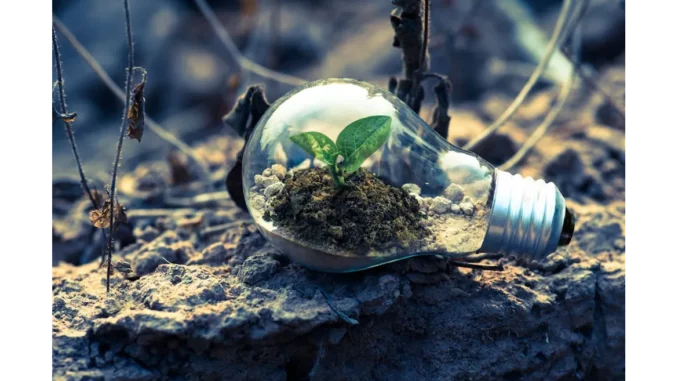
Resources form the cornerstone of human civilisation, encompassing everything from the air we breathe to the minerals we extract. At their essence, resources are materials or substances that offer utility and enhance our lives, serving as the foundation upon which economies are constructed and societies flourish. This article delves into the multifaceted nature of resources, exploring their types, classifications, and the vital significance of sustainable management.
Discover how Focus360 Energy aids sustainable development with Sustainability Statements.
In the broadest terms, a resource is anything that can be employed to satisfy human needs and desires. This definition covers a vast spectrum of materials and elements, both natural and artificial. Resources can be tangible, such as water and minerals, or intangible, such as knowledge and skills. The utility of a resource often hinges on time and technology, as advancements can transform previously unusable materials into valuable assets.
Resources are generally categorised into two primary types: natural and man-made. Natural resources exist without human intervention and include sunlight, air, water, minerals, and all forms of life on Earth. These are further divided into biotic resources, derived from living organisms like forests and marine life, and abiotic resources, which consist of non-living elements like land and minerals. Man-made resources, on the other hand, are created by humans using natural materials, examples of which include buildings, machinery, and technology. The transformation of natural resources into man-made ones often involves human ingenuity, skills, and innovation.
Natural resources can be classified based on several criteria, including their origin, stage of development, renewability, and ownership. Resources are categorised as biotic or abiotic depending on whether they originate from living or non-living sources. In terms of development, potential resources are those known to exist but not yet utilised, such as untapped oil reserves, while actual resources are those currently in use, like active mining sites. Regarding renewability, resources are either renewable, replenishable naturally over time, such as solar energy and forests, or non-renewable, which form over geological timescales and cannot be easily replenished, like fossil fuels and minerals. Ownership can also vary, with resources being individually owned, communally shared, nationally controlled, or internationally managed.
The growing global demand for resources has led to considerable challenges in their management. Overconsumption and depletion threaten future generations, making sustainable development a pressing concern. Sustainable development seeks to balance current needs with the preservation of resources for the future, emphasising the careful management of resources to prevent depletion. Conservation efforts focus on reducing waste, promoting recycling, and encouraging the use of renewable resources. Sustainable development involves the judicious use of resources, promoting economic growth while preserving the environment. Effective resource management requires identifying who has the right to use resources and establishing rules for their use. It necessitates the participation of all stakeholders, including governments, communities, and industries, to ensure equitable and sustainable utilisation.
Despite the importance of sustainable resource management, several challenges persist. Economic inequality results in a stark disparity in resource distribution between developed and developing countries. Developed nations often consume more resources, leading to economic disparities. The extraction and consumption of resources can lead to environmental degradation, including deforestation, pollution, and loss of biodiversity. Furthermore, resource scarcity can lead to political conflicts within and between countries, underscoring the need for effective management and international cooperation to prevent such disputes.
Resources are indeed the lifeblood of human civilisation, underpinning economic development and societal progress. A comprehensive understanding of the various types and classifications of resources is paramount for their sustainable management. As we advance, it is imperative to adopt practices that ensure the responsible use of resources, balancing human needs with environmental preservation. By doing so, we can forge a sustainable future that ensures prosperity and well-being for generations to come.


Be the first to comment